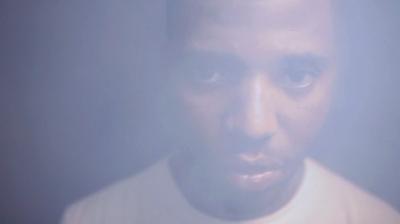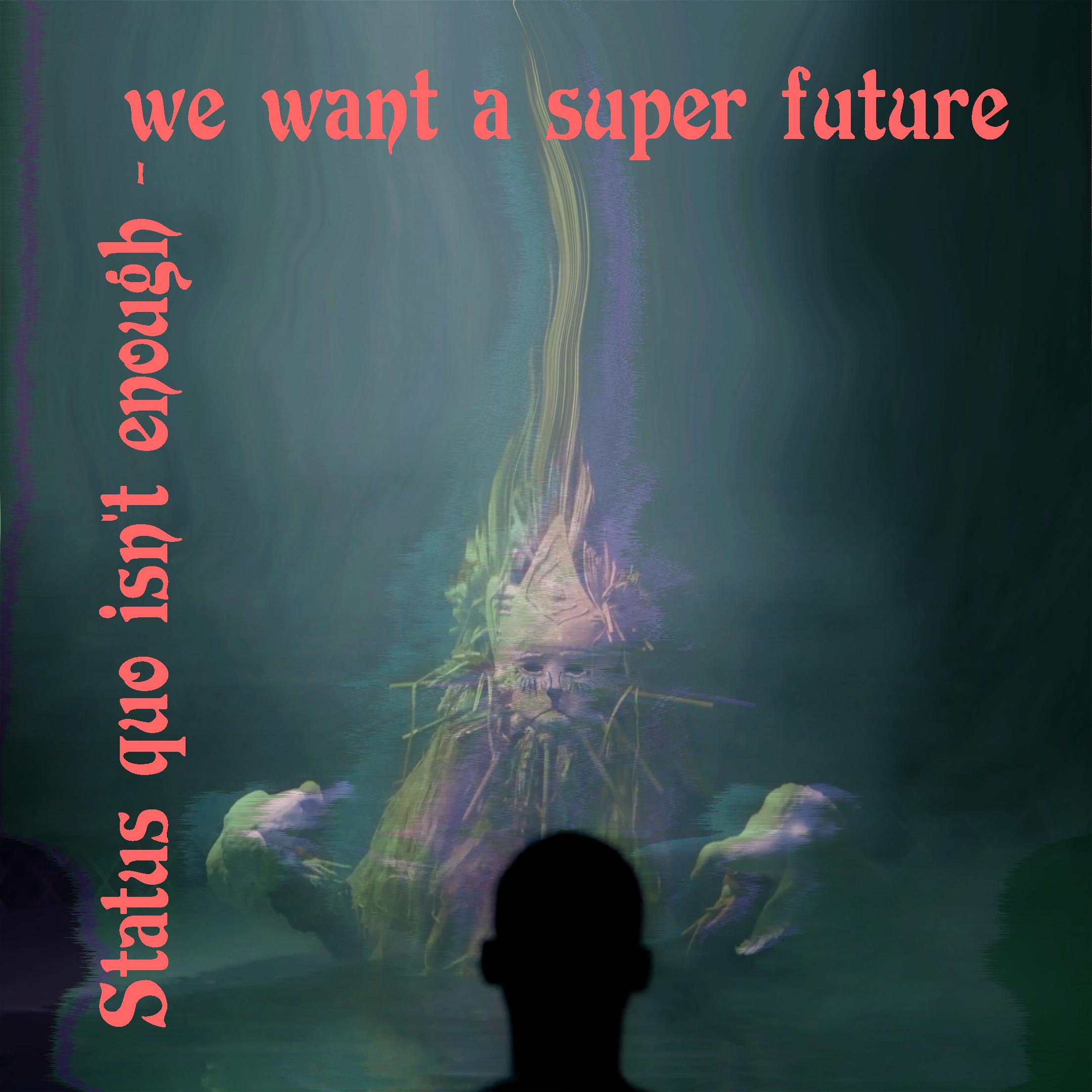
Zulu Science-Fiction
Present day South African artists like Nozinja and Okmalumkoolkat let time and cultures collide, and in mixing languages, slangs, dances and rituals they create new homes. Here we discuss the recent music video «Allblackblackkat» by the latter, directed by South African photographer Chris Saunders. «For you it might be like watching the National Geographic channel», Saunders says about his latest clips. Exotica or science-fiction? Read another commentary on the same video by Atiyyah Khan here. From the Norient book Seismographic Sounds (see and order here).
Upon watching the «Allblackblackkat» video it’s easy to get caught up in the beat and mystique. The overused (and under-studied) term afrofuturist could get bandied about but this would be a shallow interpretation. A closer look at the Zulu sci-fi scenes shows an urban DIY-ness that echoes counterculture movements the world over.
The do-it-yourself in the digital age approach, assembled by this 1980s-born generation, makes clear: status quo isn’t enough. We want a super future. Style is taken seriously but splashing cash on expensive props or locations is unnecessary. Simply find a swimming pool (in Vanderbijlpark) and dive in. In this spiritual dream space, Okmalumkoolkat’s narration veers away from chauvinism and obsessions of supposed glamour (popping champagne and such). Why emulate when you can innovate?
For the less-than-four minute film, Smiso Zwane (aka Okmalumkoolkat) teamed up with his friend Chris Saunders, a go-to Johannesburg-based photographer (see here for a photo series by Saunders). The collaboration adds to their Hyperdub videos with LV, «Sebenza» and «Spitting Cobra» in 2013, and to the look at Dirty Paraffin (Zwane’s duo with Dr SpiZee) in 2011. SpiZee (pronounced Spy-Zee) and Zwane also form part of BoyznBucks, a group of producers, artists and designers also based in Johannesburg. This crew of friends have been connected since childhood, and in South Africa their profile is rising rapidly. Pop stardom is imminent, if it hasn’t already arrived.
Visuals and verbals articulate the movement from townships (or suburbs) into city centers. Rapping in vernac, rather than assuming English as the lingua franca, encourages a certain swing and syntax. The book Decolonising the Mind by Ngugi wa Thiong’o doesn’t appear to be a guiding text, but it speaks of this zeitgeist. For overseas listeners, vernac sounds highly original. For fans at home, in a country that has eleven official languages, it’s how people speak, juggling multicultural reference points with slick wordplay. Self-actualization at work.

Zwane’s generation is plugged-in and clued-up about goings-on locally and abroad. They study business models then continue to create, hustle, and shape Mzansi originality. In doing so they are building on the work of pioneering artists, including Hip Hop Panstula, Tumi Molekane, and Prophets of Da City. Internet access permitting, it’s easy to interact with people whose music is of interest. Former gatekeepers are bypassed. Like-minds connect. Collaborations follow. As do opportunities to release records and perform overseas. Experiences brought back home. The pool of listeners grows: three figures, four figures, five figures, six.
Will Okmalumkoolkat’s excellence cause him to explode internationally? Or is it more important to push on in South Africa? Where and what next for the smart mampara?
This video is part of the Norient exhibition «Seismographic Sounds» and this commentary was published first in the correspondent Norient book.
Biography
Shop

Published on January 25, 2016
Last updated on April 29, 2024
Topics
Can a bedroom producer change the world? How do artists operate in undersupplied conditions?
From Self-Orientalism in Arab music to the sheer exploitation of Brazilian funk music by acclaimed artists: how exotica examine aesthetics playing with the other and cultural misunderstandings.
From afrofuturist parallel worlds to decoding strategies of emancipatory sounds: Examinations of music striving for a life worth living.
Special
Snap
